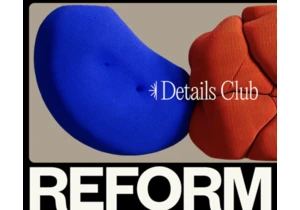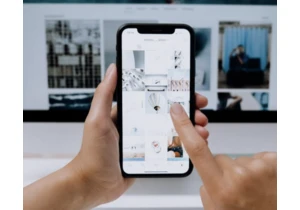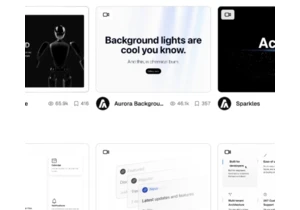Ever wondered why clicking a button on a website feels so natural? It’s because much of what we see on the web is inspired by how we interact with objects in real life! From flipping switches to browsing stacks of cards, designers borrow everyday experiences to create intuitive interfaces. Let’s explore some popular UI components, see where they come from in the physical world, and have a little fun along... https://webdesignernews.com/how-ui-components-are-inspired-from-real-world-objects-rama-krushna-behera-ux-planet/
Jelentkezéshez jelentkezzen be
EGYÉB POSTS Ebben a csoportban
Scroll through any modern website or app and you’ll see it: words that slide, bounce, stretch, shrink, fade in and out. It’s not just eye candy. That motion you’re seeing? It has a name: kinetic typog

Reform Collective’s new site strips away the noise in favor of clarity, performance, and structure—with the tech lead detailing how AI, GSAP, and CSS hacks brought it to life. https://webdesignernews.

With mobile devices dominating the way we interact with apps and websites, touch-based design has become more important than ever. https://webdesignernews.com/designing-for-touch-how-finger-friendly-u
Creating product icons at Figma involves dozens—sometimes hundreds—of iterations. Product Designer Tim Van Damme shares his thoughtful approach to icon design and the creative exploration that shapes

The Model Context Protocol (MCP) is an open standard that lets AI assistants connect with external data sources, tools, or systems. This makes them much more useful by allowing them to do things like

Ever wondered where that bold, slab-serif “college look” comes from? It goes way back to mid‑19th century Ivy League sportswear. Harvard’s baseball team embroidered an “H” on their flannel jackets in

Learn why flip phones still matter in 2025, and how you can build and launch web apps for these tiny devices. https://webdesignernews.com/tiny-screens-big-impact-2/
